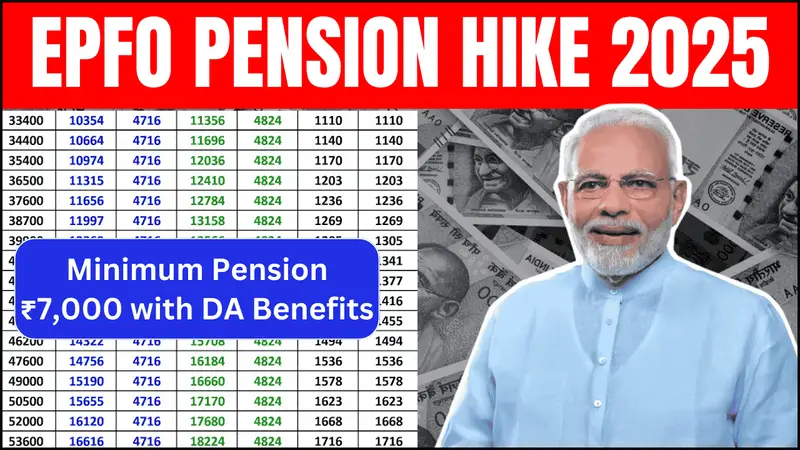
India is gearing up for a transformative shift in its highway toll collection system. Come May 1, 2025, the familiar FASTag system will begin to be phased out, as the government introduces a GPS-based tolling system aimed at making travel more efficient and seamless. This new method of collecting tolls through satellite and digital tracking is set to redefine how commuters use the national highways.
The Ministry of Road Transport and Highways (MoRTH) has confirmed this landmark change, stating that it will minimize congestion, reduce travel time, and eventually eliminate the need for manual toll booths altogether. Here’s everything vehicle owners need to know about this new system, how it functions, and what steps they must take to stay compliant.
What’s Changing from May 1?
From May 1 onward, new entries into the toll system will no longer be processed through FASTag. Instead, a GPS-enabled digital tolling method will be implemented as the default mechanism for toll deduction. Rather than paying tolls at fixed plaza locations, commuters will now be charged based on the actual distance traveled.
Key changes include:
- FASTag services will be discontinued for new toll entries from May 1.
- Toll collection will shift to a GPS and ANPR (Automatic Number Plate Recognition) based system.
- Distance-based tolling will replace fixed-rate toll booths.
- Manual toll plazas will be reduced or entirely removed in future phases.
- Integration of the toll system with mobile apps and vehicle dashboards will be introduced.
How the GPS-Based Toll Collection Works?
This modern system relies on two key technologies—GPS tracking and ANPR cameras. Each vehicle will need to be equipped with a special On-Board Unit (OBU), which enables real-time tracking of movement across highways.
Step-by-step functionality:
- The OBU tracks the vehicle’s GPS location while it travels on highways.
- Distance traveled is calculated through satellite data.
- Toll charges are computed accordingly and deducted automatically from a linked account.
- ANPR cameras along the route ensure number plate visibility and verify compliance.
- All transactions and toll data will be recorded and accessible via an official mobile app.
FASTag vs. GPS Tolling: What’s the Difference?
| Feature | FASTag System | GPS-Based Tolling System |
|---|---|---|
| Technology Used | RFID Tag | GPS + ANPR Cameras |
| Toll Method | Fixed toll booth charges | Distance-based, per kilometer |
| Hardware Needed | OBU Device installed in the vehicle | OBU Device installed in vehicle |
| Toll Booths | Still operational | To be phased out |
| Time at Toll Plazas | 2–5 minutes | None – Fully automatic |
| Fraud Risk | Moderate (tag cloning) | Low (real-time GPS tracking) |
| Environmental Impact | Idling emissions at booths | Minimal – smooth flow |
| Maintenance Needs | Occasional updates | Auto software-based updates |
Steps for Vehicle Owners
If you’re a regular highway traveler, you’ll need to prepare for the transition before May 1. Here’s what you should do:
- Install an OBU Device: Mandatory for frequent highway users.
- Register on the Official Toll App: NHAI or MoRTH will launch a dedicated app to track toll history, balance, and routes.
- Link Your Bank or Wallet: Ensure your account is linked for seamless deductions.
- Ensure Clear Number Plates: Cameras must clearly capture vehicle registration for toll verification.
- Update Vehicle Details: Log in to the portal and make sure all information is current.
Benefits of the New System
This shift to satellite-based toll collection is not just a technological upgrade—it’s a move towards more transparent, efficient, and eco-friendly travel.
Key benefits include:
- Zero waiting time – vehicles won’t need to stop at toll plazas.
- Fair pricing – charges based on actual kilometers traveled.
- Lower emissions – reduced idling cuts down pollution.
- Real-time tracking – gives drivers better control and visibility.
- Digital integration – boosts the use of cashless payments in transportation.
- Better traffic flow – helps decongest highways and reduces bottlenecks.
Challenges to Watch Out For
Despite the many advantages, the GPS tolling system does bring some concerns and hurdles:
| Concern | Public Feedback | Government’s Response |
|---|---|---|
| Installation Costs | High for fleet owners | Subsidies or free rollout may be offered |
| Privacy Issues | Real-time tracking sparks concerns | Data to be encrypted and anonymized |
| Initial Confusion | Transition period may cause disruption | Helplines and awareness programs planned |
| Rural Network Coverage | GPS signal reliability questioned | Offline syncing capability being developed |
| Billing Accuracy | Possible GPS miscalculations | Real-time dispute resolution to be enabled |
When Will the Rollout Be Complete?
The GPS toll system will be introduced in phases across the country:
- Phase 1 (May–July 2025): Launch in metro cities and key urban centers.
- Phase 2 (Aug–Oct 2025): Expansion to national highways and key expressways.
- Phase 3 (Nov 2025–Mar 2026): Nationwide coverage of major roads.
- FASTag Fully Deactivated: Expected by March 31, 2026.
What If You Don’t Comply?
Avoiding the new system may lead to penalties and restricted access to national highways:
- ₹500 fine for non-compliance or travel without a registered OBU.
- Extra charges for manual toll entries where applicable.
- Increased toll fees for vehicles not onboarded to the digital system.
- Restricted highway access in future enforcement zones.
Final Words
India’s shift from FASTag to a GPS-based tolling infrastructure marks a massive leap toward smart transportation. While initial hiccups are expected, the long-term benefits include improved efficiency, transparency, and cost savings. Vehicle owners are strongly advised to take action before May 1, install the necessary hardware, and register with the new system to enjoy a seamless and penalty-free highway experience.
This evolution in toll collection is not just a digital change—it’s a step into the future of smart mobility.

Mangesh Garg is a passionate writer known for captivating stories that blend imagination and reality. Inspired by travel, history, and everyday moments, He crafts narratives that resonate deeply with readers



